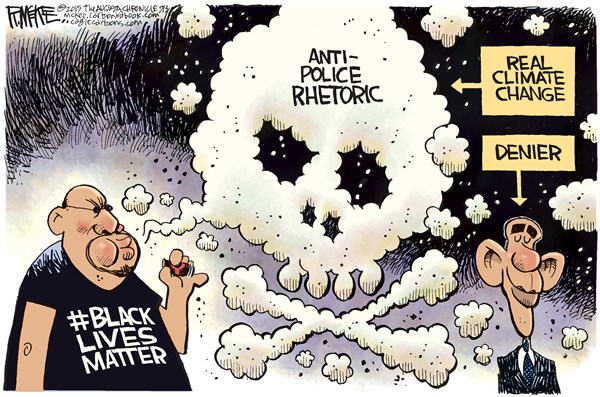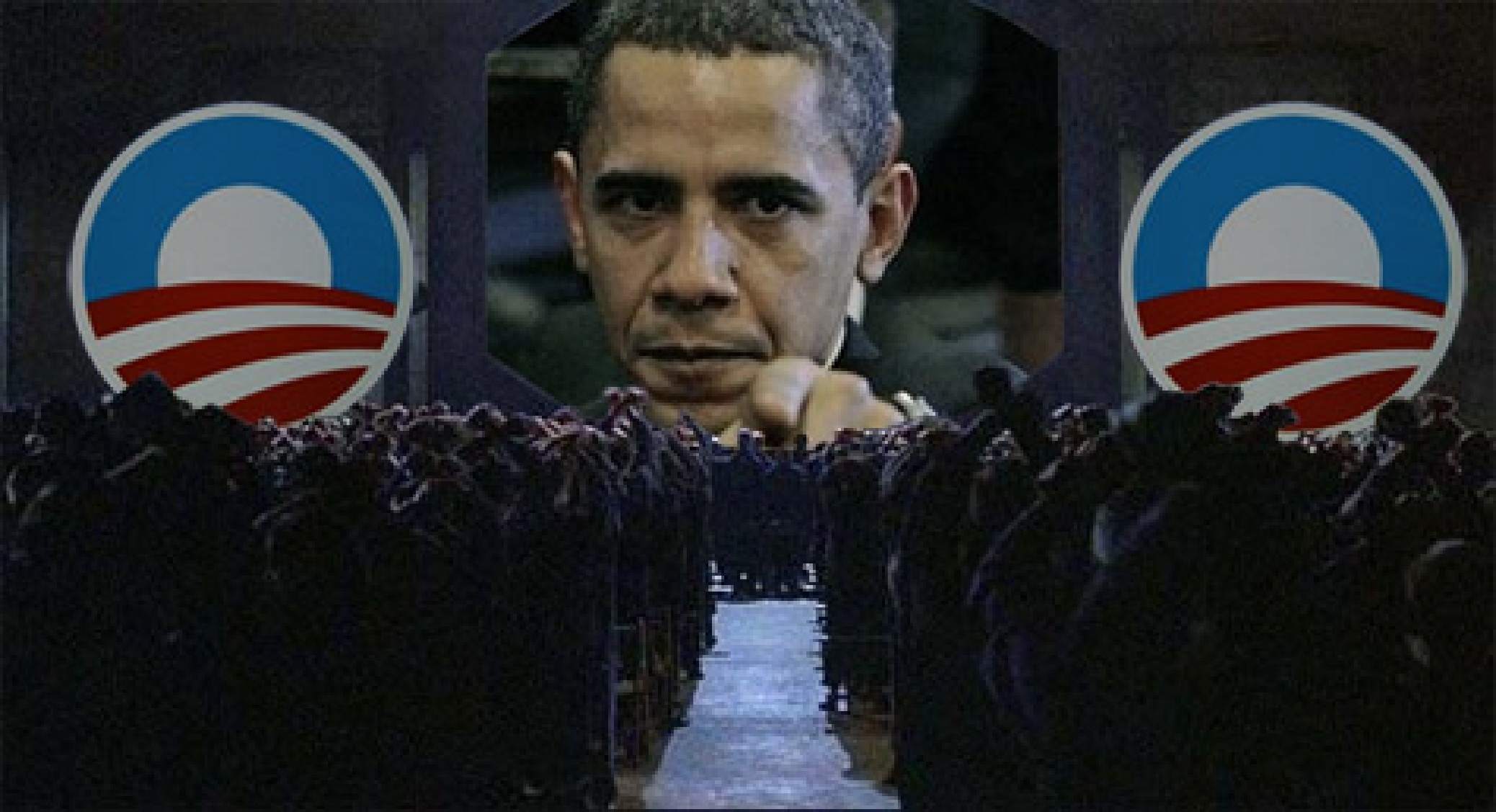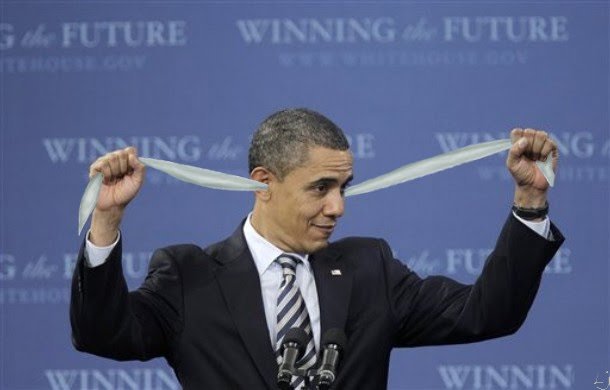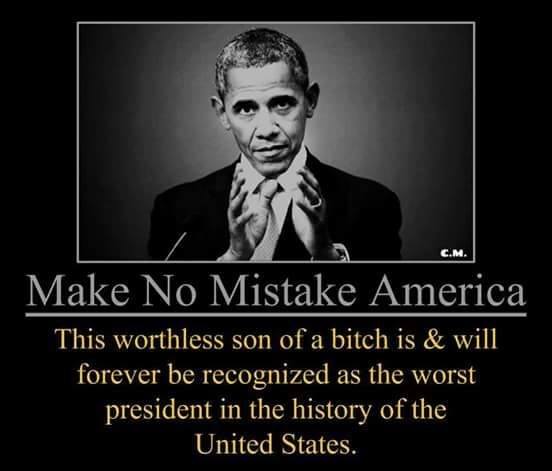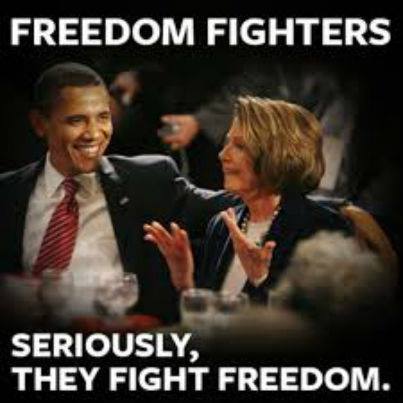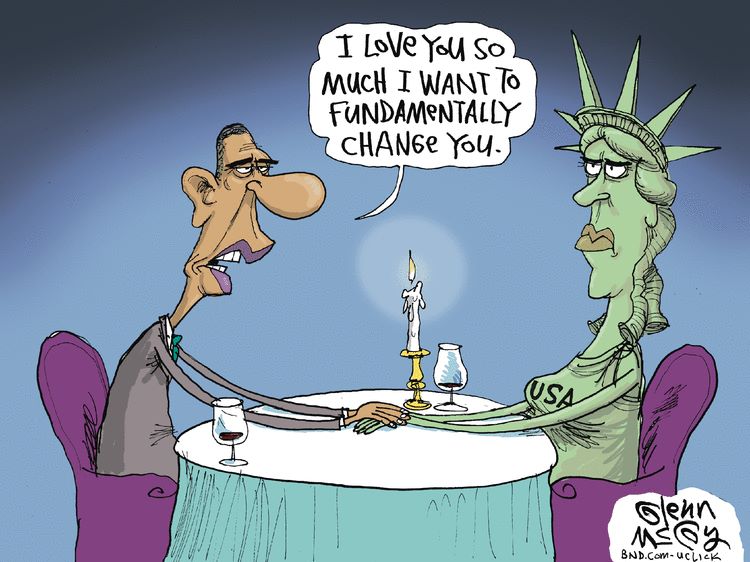The New Totalitarians Are Here
A great piece by Tom Nichols. Have you seen examples of this in your everyday life?
There’s a basic difference in the traditions of political science between “authoritarians” and “totalitaritarians.” People throw both of these words around, but as is so often the case, they’re using words they may not always understand. They have real meaning, however, and the difference between them is important.
Simply put, authoritarians merely want obedience, while totalitarians, whose rule is rooted in an ideology, want obedience and conversion. Authoritarians are a dime a dozen; totalitarians are rare. The authoritarians are the guys in charge who want to stay in charge, and don’t much care about you, or what you’re doing, so long as you stay out of their way. They are the jefe and his thugs in a brutal regime that want you to shut up, go to work, and look the other way when your loudmouthed neighbor gets his lights punched out by goons in black jackets. Live or die. It’s all the same to the regime.
Totalitarians are a different breed. These are the people who have a plan, who think they see the future more clearly than you or who are convinced they grasp reality in a way that you do not. They don’t serve themselves—or, they don’t serve themselves exclusively—they serve History, or The People, or The Idea, or some other ideological totem that justifies their actions.
They want obedience, of course. But even more, they want their rule, and their belief system, to be accepted and self-sustaining. And the only way to achieve that is to create a new society of people who share those beliefs, even if it means bludgeoning every last citizen into enlightenment. That’s what makes totalitarians different and more dangerous: they are “totalistic” in the sense that they demand a complete reorientation of the individual to the State and its ideological ends. Every person who harbors a secret objection, or even so much as a doubt, is a danger to the future of the whole project, and so the regime compels its subjects not only to obey but to believe.
This is what George Orwell understood so well in his landmark novel “1984.” His dystopian state doesn’t really care about quotidian obedience; it already knows how to get that. What it demands, and will get by any means, is a belief in the Party’s rectitude and in its leader, Big Brother. If torturing the daylights out of people until they denounce even their loved ones is what it takes, so be it. That’s why the ending of the novel is so terrifying: after the two rebellious lovers of the story are broken and made to turn on each other, the wrecks left by the State are left to sit before the Leader’s face on a screen with only one emotion still alive in the husks of their bodies: they finally, truly love Big Brother.
Obama To Ban Police Weapons
From Pat Dollard:
Obama Bans Police Weapons, Riot Gear, Cammo Because They Lead To Blacks Having “Fear” And “Mistrust”
Nothing like making cops less effective and safe against a terrorist attack.
“We are, without a doubt, sitting at a defining moment in American policing,” Ronald L. Davis, the director of the Office of Community Oriented Policing Services at the Department of Justice, told reporters in a conference call organized by the White House. “We have a unique opportunity to redefine policing in our democracy.”
Reuters: President Barack Obama plans to put in place new restrictions on the use of military equipment by police departments, following unrest in U.S. cities over the deaths of black men at the hands of police officers, the White House said on Monday.
Obama will ban police use of equipment such as explosive-resistant vehicles with tracked wheels like those seen on army tanks, the White House said in a fact sheet. For other types of equipment, such as MRAP (mine-resistant ambush protected) vehicles and riot shields, departments will have to provide added justification for their use.
Obama will announce the steps, which are the result of an executive order, during a visit later on Monday to Camden, New Jersey, where he plans to push efforts to encourage trust-building between police and the communities they serve.
Obama’s remarks in Camden will be the fourth time in as many weeks that he has held an event to discuss his ideas for improving life for poor black communities.
Excerpted from The New York Times: President Obama on Monday will ban the federal provision of some types of military-style equipment to local police departments and sharply restrict the availability of others, administration officials said.
The ban is part of Mr. Obama’s push to ease tensions between law enforcement and minority communities in reaction to the crises in Baltimore; Ferguson, Mo.; and other cities.
He is taking the action after a task force he created in January decided that police departments should be barred from using federal funds to acquire items that include tracked armored vehicles, the highest-caliber firearms and ammunition, and camouflage uniforms. The ban is part of a series of steps the president has made to try to build trust between law enforcement organizations and the citizens they are charged with protecting.
The report from the task force on military equipment cited the police response to the Ferguson unrest as an example of how the “militarization” of police departments can lead to fear and mistrust. In addition to prohibiting some equipment outright, officials said, Mr. Obama accepted the group’s recommendation to impose new restrictions on other military-style items, such as wheeled armored vehicles, pyrotechnics, battering rams and riot gear, and more stringent requirements for training and information collection for departments that acquire them.
The report to be released on Monday represents a two-pronged response to a problem that has emerged as a central predicament for Mr. Obama in recent months. He has struggled to acknowledge the sense of fear, grievance and victimization by the police that dominates many minority communities without seeming to forgive violence or condemn law enforcement with a broad brush.
In doing so, he is grappling with the limits of his power to force changes in police departments around the country, where practices and procedures are varied and the federal government’s ability to influence change can be minimal. The equipment task force stems from an executive order, and its conclusions affect only the material supplied by the federal government, while the policing recommendations are merely a blueprint for what Mr. Obama would like to see happen in jurisdictions throughout the country.
Mr. Obama planned to promote the effort on Monday during a visit to Camden, N.J.
The trip and the action on military-style equipment are to coincide with the release on Monday of a report from a policing task force that Mr. Obama formed late last year in response to the crisis in Ferguson. The 116-page report calls for law enforcement agencies to “embrace a guardian — rather than a warrior — mind-set to build trust and legitimacy both within agencies and with the public.” It contains dozens of recommendations for agencies throughout the country. Read the whole thing
Excerpted from Politico: Bayonets, weaponized vehicles and grenade launchers are no longer available to local police, following a report from a presidential task force on the militarization of law enforcement released Monday. And if local cops want riot gear and other types of armored vehicles, they’re going to have to meet many new standards for training and data collection.
The images of police in armored vehicles and camouflage uniforms confronting protesters in Ferguson, Missouri, last summer brought new scrutiny to federal programs that transfer military gear to local law enforcement officials. The outcry came not only from the traditional civil rights movement, but also Republicans like Sen. Rand Paul (R-Ky.) and Rep. Raúl Labrador (R-Idaho). Now, the Obama administration is making that camo off-limits for urban departments, and local cops will have to make the case that they really need those armored vehicles going forward.
An effort to make relations between cops and communities less combative has become a central mission of President Barack Obama’s last two years in officee, and with Monday’s release of broader recommendations for “21st-Century Policing,” the White House is gearing up to temper the scenes of chaos in Ferguson and Baltimore with its plan for more dialogue and data. After Obama’s visit on Monday to the county police headquarters in Camden, New Jersey, — a role model of improved relations — his Cabinet will fan out across the country during the next few weeks to highlight other success stories, and Attorney General Loretta Lynch will start her own Community Policing tour in Cincinnati.
A variety of federal programs had offered local police ways to get surplus military equipment or use federal funds to buy their own. The events in Ferguson, which had been a simmering concern for civil rights advocates, helped bring the issue into the mainstream, and Obama asked the departments of Justice, Defense and Homeland Security to re-examine the programs.
What they found were “no consistent standards” for local police who wanted this equipment, said Domestic Policy Council Director Cecilia Muñoz in a call with reporters Sunday. She added, “There wasn’t a single federal strategy.”
The ban on certain items — including tracked armored vehicles and firearms higher than .50 caliber — goes into effect immediately.
But local agencies can still acquire a list of “controlled items” — things like drones, Humvees and stun grenades known as “flash bangs” — if they meet an extensive set of new rules. Those will be phased in more gradually to let small departments catch up, Muñoz said.
Under the new standards, local police departments have to get sign-off from a civilian governing body, like a city council, and provide a “clear and persuasive explanation” for why the controlled equipment is necessary. They also have to commit to training officers on community and constitutional policing approaches, as well as collect data on when the equipment is used for a “significant incident.”
Data collection is a major element of broader administration recommendations on 21st-century policing, also released Monday. Keep reading
The First Amendment is a beautiful thing:
